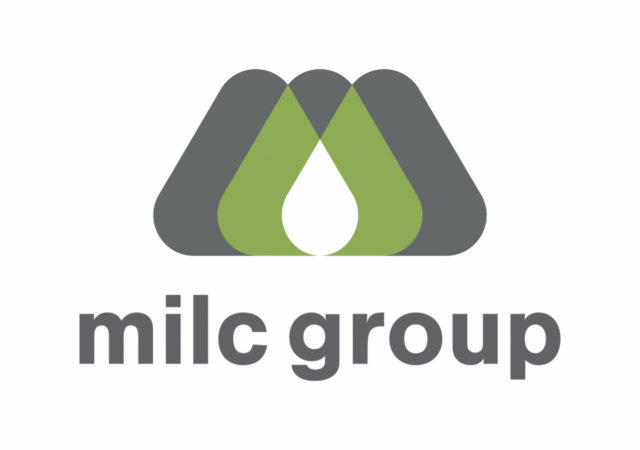This notice was found on the side of a first-calf heifer at the sale barn: CALF KIT
Instructions for assembly
1. Remove calf from shipping crate. The shipping container is equipped with an automatic unloading device. If, for some reason, this unloading device jams, proceed to step 2.
2. If calf-unloading mechanism fails to work, you may call a local authorized factory repairman or make minor adjustments at home by following these directions.
3. Before attempting calf removal yourself, study the diagram. Familiarize yourself with all the moving parts including the supporting frame, flotation bag, elastic opening, lubricating oil and enclosed calf. The calf usually comes with four foldable legs (front and back), a flexible tail and a movable head. The head should contain attachments for sight, smell and hearing.
4. To facilitate removal from the container, the calf should be properly folded. Either the front legs and head should be fully extended, or the back legs should be extended, tail up.
5. Once you have confirmed the calf is correctly folded, it is necessary to check the container opening for size. This is done by gently applying traction to the extended legs. Primitive medieval utensils are available to aid in applying this traction: chains, head snares, eyehooks, handles and a patented bovine extractor device.
(NOTE: These mechanical aids should be used with care to prevent damage to the calf and its reusable container. Power-assisted precision instruments such as tractors and 4-wheel-drive vehicles are not recommended.)
Operation of calf after removal
1. Oxygen adjustment: Ensure the air pump is functioning and the breathing tube is free of packing oil. If pilot light goes out, apply intermittent pressure to the bellows.
2. Fuel: The portable calf container comes equipped with four zerks connected to the fuel reservoir. CAUTION: The initial filling is critical to ensure long-term smooth running of your new calf. This first tankful is loaded with special additives which help prevent breakdowns and stalling. (If the calf is not given this fuel within the first few hours, the warranty is not valid.)
3. Troubleshooting: If overheating, knocking or leaks develop, consult your local authorized factory repairman.
Congratulations
You are the proud owner of the 2018 Model Bovine. With proper care and maintenance, it should last two to 10 years. Enjoy. (Manufacturer assumes no liability and makes no promises regarding profitability of enclosed calf.) ![]()




